Have you ever tried to explain your art to someone and ended up playing a game of charades instead? Welcome to the world of SEO for artists, where the right words can make your art speak for itself in the digital realm. In today’s digital age, it’s not just about creating; it’s about being seen. That’s where SEO comes into play – it’s like a compass guiding art lovers through the vast jungle of the internet straight to your masterpiece. As we embark on this SEO journey, let’s remember that Plerdy, an expert in enhancing user experience, offers tools to uplift your website’s performance significantly. This guide, tailored for the creative minds of artists, will walk you through the essentials of SEO. It’s short, sweet, and to the point because we know your time is better spent with a brush. Let’s dive into an art gallery everyone can find!
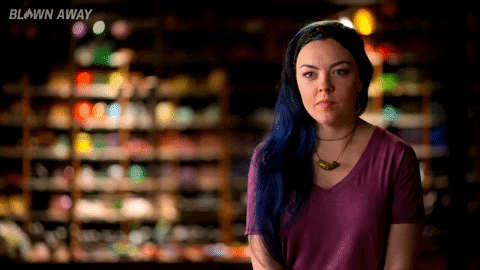
Understanding SEO Basics
Imagine SEO as a spotlight in a vast art gallery – it helps illuminate your work so the right audience can find and admire it. SEO improves your online visibility and appeal to search engines like Google. When done correctly, it’s like having a personal guide leading art enthusiasts directly to your virtual doorstep. In this section, we’ll demystify SEO basics, providing you with the tools to shine a light on your art in the digital world.
What is SEO?
SEO boosts your website’s search engine rankings. Think of search engines as art critics: they analyze numerous aspects of your website to determine its relevance and value. This includes keywords, which your target audience might use to search for your type of art. For instance, if you’re a landscape painter, you want to be found when someone searches for “landscape paintings” or “nature-inspired art.” Moz, an SEO software pioneer, recommends employing keywords in website content and meta tags to boost search exposure.
On-Page vs. Off-Page SEO
On-page SEO involves optimizing elements on your website, such as content quality, keyword placement, and user experience. It’s like curating your gallery – you decide where to place each piece of art for maximum impact. Plerdy’s blog emphasizes the importance of a well-structured website and engaging content in enhancing user experience and SEO.
On the other hand, off-page SEO deals with external factors influencing your website’s authority, like backlinks from other reputable sites. Think of it as getting recommendations from other art galleries or artists. According to the Search Engine Journal, acquiring high-quality backlinks from authoritative websites significantly boosts your ranking.
Mastering SEO basics is crucial for artists striving to make their mark in the digital world. Understanding and implementing on-page and off-page SEO strategies lay the foundation for your artwork to be discovered and appreciated by a broader audience. Start optimizing immediately to make your website a beacon for art lovers.
Identifying Your Target Audience and Keywords
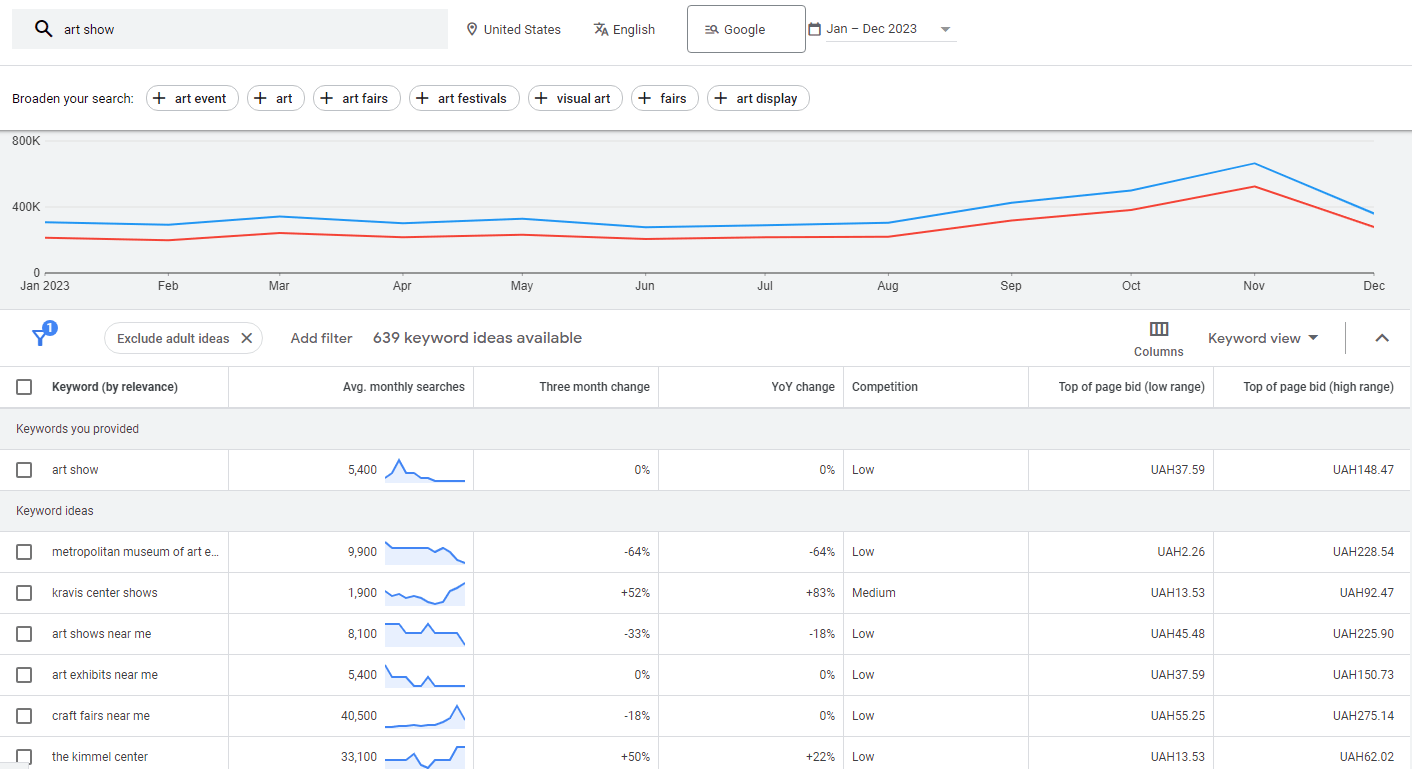
Imagine you’re hosting an art show, but not just any show – one where every visitor is genuinely interested in your style and message. This happens when you identify your target audience and keywords in the digital world. Let’s delve into how to pinpoint who is most likely to connect with your art and the words they use to find it.
Finding Your Audience
The first step is like setting up a personalized invitation list for your digital art show. Consider the traits of those who might be drawn to your work. Are they contemporary art enthusiasts, or do they prefer classical pieces? Do they look for home decor or corporate installations? Use resources like Google Analytics, as recommended by Neil Patel, a renowned digital marketing expert, to gain insights into your website’s visitors. This data helps you understand who is already engaging with your art and who you should target.
Keyword Research Techniques
Once you know your audience, the next step is speaking their language. Keyword research is about finding your audience’s terms when searching for art like yours. Google’s Keyword Planner and SEMrush provide art-related search phrases. The key is to strike a balance between common and niche terms. For example, “landscape paintings” might be too broad, while “acrylic landscape paintings of the Scottish Highlands” narrow your audience. This specificity, as outlined in Moz’s guide to keyword research, attracts a more targeted and engaged audience.
Identifying your target audience and their preferred keywords is like creating a map that leads them directly to your artwork. By understanding and implementing these strategies, you open doors to meaningful connections with enthusiasts most likely to appreciate and invest in your art. Start this journey of discovery and watch as your digital art gallery becomes a buzzing hub of engaged visitors.
Optimizing Website Structure and Content for SEO in the Art World
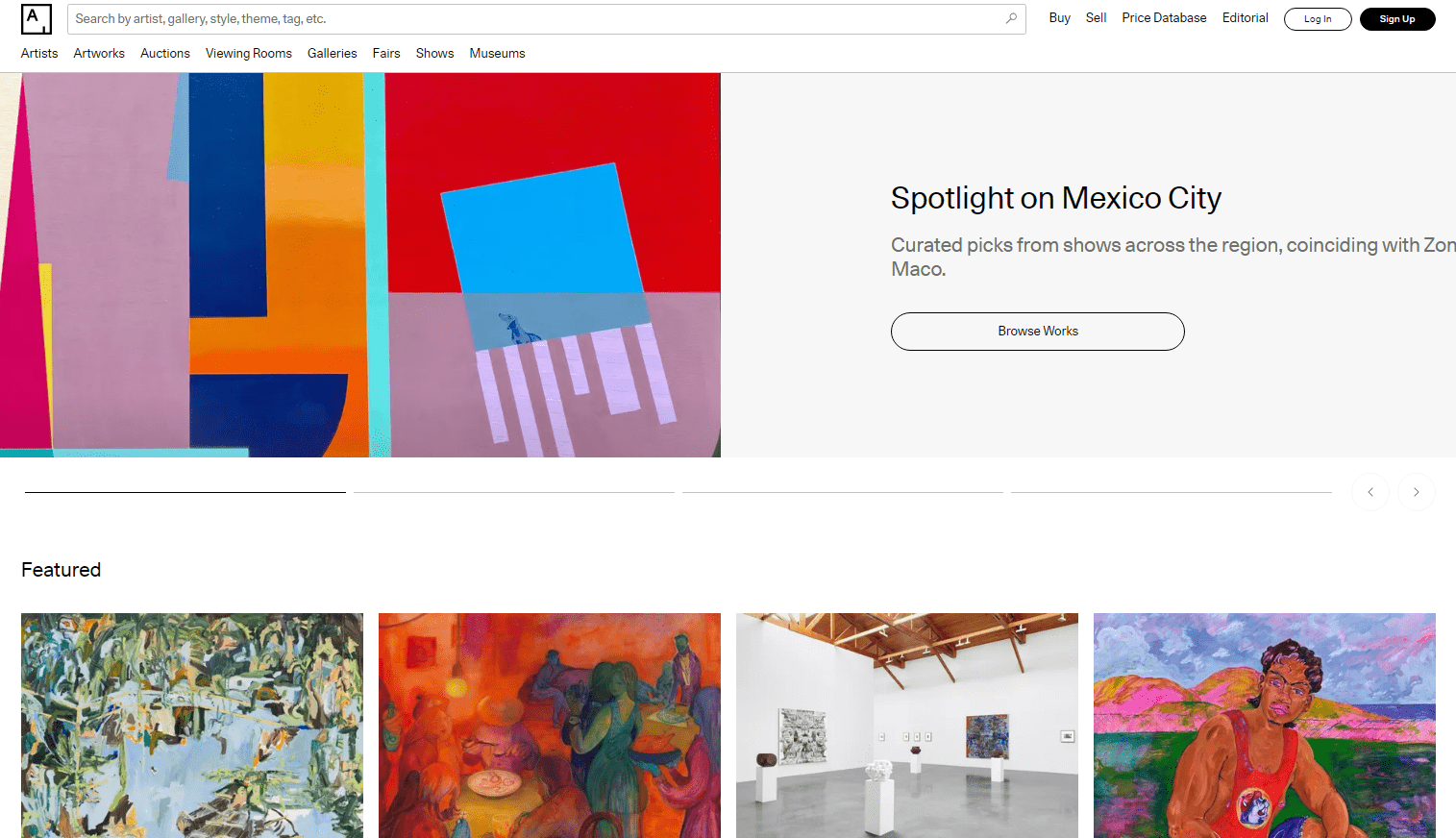
Creating a website for your art with SEO in mind is akin to building your gallery in the digital art world. It’s not just about showcasing your artistic masterpieces; it’s crucially about making them easily discoverable and enjoyable for your visitors through SEO in art. This section will guide you through optimizing your website’s structure and content for SEO, ensuring that your virtual gallery not only attracts but also engages and retains art lovers through effective SEO strategies.
Website Design and Navigation with SEO in Art
Consider your website a virtual art space optimized for SEO. The layout should be simple, easy to navigate, and reflect your artistic taste with art SEO. According to HubSpot, a digital marketing leader, user experience (UX) is crucial, especially with SEO in the art domain. Your homepage should make a strong first impression, akin to an inviting gallery entrance but optimized for SEO in art. Ensure your menu is visible and intuitive, guiding visitors through different sections like your portfolio, about page, and contact information, all seamlessly integrated with SEO in art.
Images of your art should load quickly and display beautifully, optimized for SEO. Fast loading times are crucial in art and SEO, so utilize high-quality photos and optimize them for the web. Tools like Adobe’s image compressor are handy for reducing file sizes without sacrificing quality, aligning with SEO standards for art websites. Additionally, ensuring your website is mobile-responsive is essential in today’s mobile-first world, especially for SEO in art. Google’s Mobile-Friendly Test can help check this.
Creating SEO-Optimized Content in Art
Content is king in SEO, particularly in the art world. Start by crafting compelling descriptions for each art piece, incorporating relevant keywords naturally. Blogging is a powerful tool here. Write about your creative process, inspirations, or the stories behind your artworks, engaging visitors and providing fresh content for search engines, crucial for SEO in art.
Incorporate keywords strategically in your titles, headings, and images’ alt text, considering SEO in art. Remember, alt text isn’t just for SEO; it also aids accessibility for visually impaired visitors. Moz’s Beginner’s Guide to SEO highlights the importance of balancing keyword use – noticeable to search engines but not overpowering readability for your audience.
Like curating an art exhibit, optimizing your content and website’s structure involves careful thought and execution to give visitors a remarkable experience. Focusing on user-friendly design and SEO-optimized content creates a digital space that showcases your art beautifully and ranks well in search engine results. By embracing these strategies, your online gallery will flourish, attracting art lovers globally through the effective use of SEO in the art world.
Leveraging Social Media for SEO
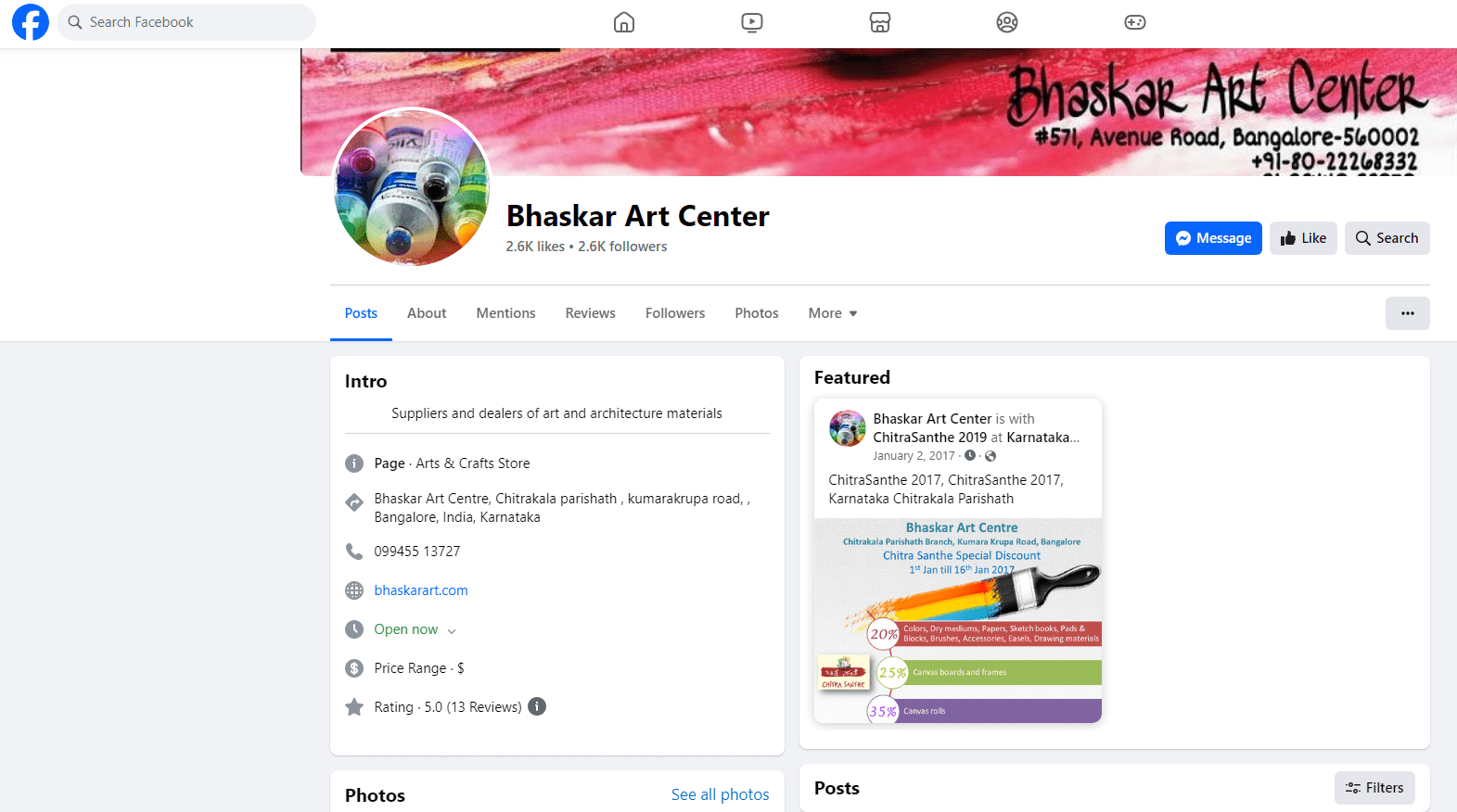
In the digital art world, social media is like a bustling city square where artists gather, share, and engage with their audience. Social media for SEO is more than just posting—it’s a purposeful technique that boosts your online presence and website traffic.
Social Media and SEO Integration
Including social media in your SEO approach opens new channels for art discovery. Instead of merely sharing, Instagram, Facebook, and Twitter can improve your website’s visibility. When you post your art, include relevant hashtags, engaging captions, and a link to your website. This practice encourages traffic from your social profiles to your website, enhancing your overall SEO strategy. Sprout Social, a leading social media management tool, suggests regularly updating your profiles and engaging with followers to maintain an active and appealing presence.
Optimizing Social Media Profiles
Your social media profile is like the front cover of your art portfolio. Optimize it with a keyword-rich bio, website link, and decent profile photographs. Keep your profile updated with keywords and recent work. According to Hootsuite, another expert in social media marketing, optimizing your social media profiles can significantly improve your discoverability both on social media platforms and in search engines.
Effectively leveraging social media for SEO is about creating a synergy between your social presence and your website. By integrating these platforms into your SEO strategy and optimizing your profiles, you extend your digital footprint, making it easier for potential fans and collectors to find and connect with your art. Embrace the power of social media, and watch as it amplifies your presence in the vast world of digital art.
Building Backlinks and Online Presence
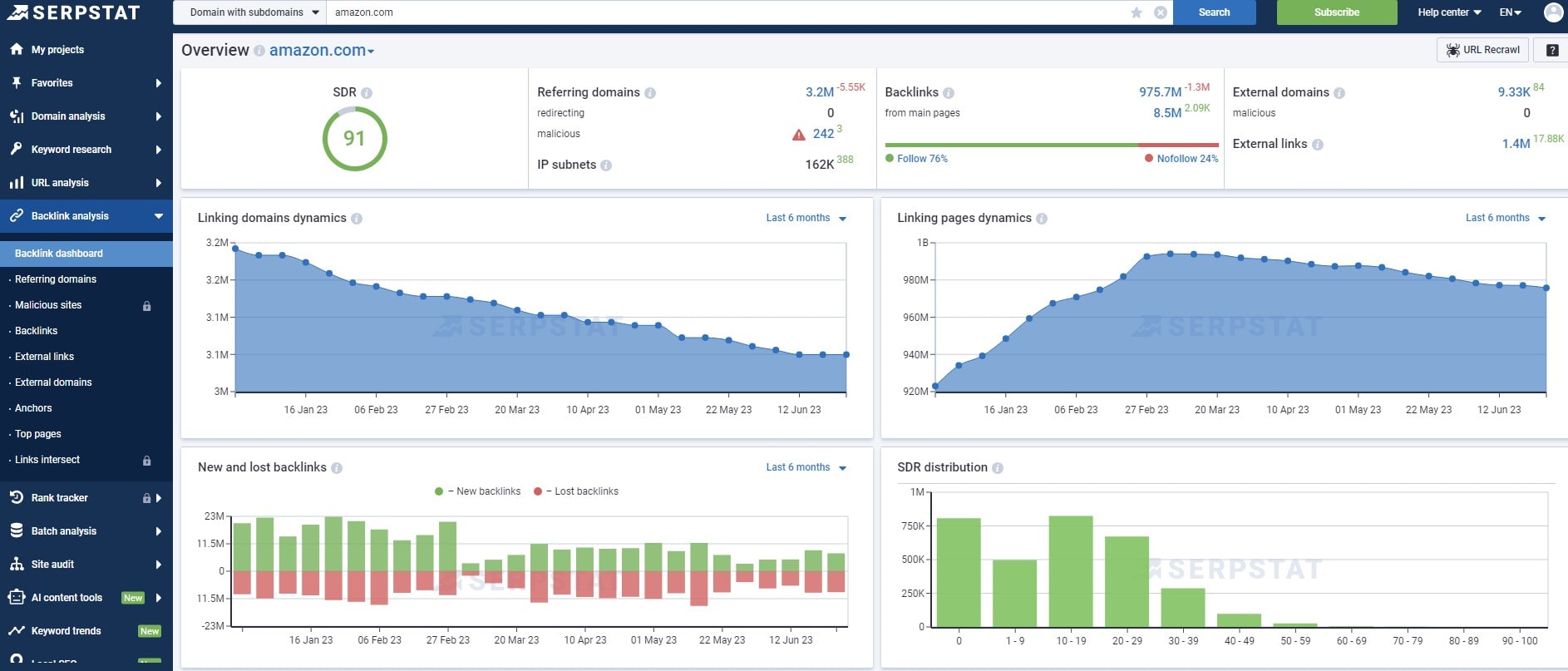
In the art world, reputation and connections are everything. Similarly, building backlinks and an online presence is akin to expanding your network and establishing your credibility in the digital realm. This process is vital for enhancing your visibility and strengthening your SEO efforts.
Understanding Backlinks
Backlinks are digital referrals or endorsements from other websites. Having other sites link to yours is like getting a stamp of approval from them; it shows search engines like Google that other sites think your content is good and trustworthy. Importantly, these backlinks must be of high quality. An authoritative art blog or gallery’s connection is more credible than a link from some obscure, unconnected site. The industry-leading SEO software provider Moz claims that linking your site to other reputable websites can dramatically affect its ranks. The goal is to get your website linked by providing useful content or insights to art galleries, online art groups, and art bloggers.
Strategies for Acquiring Backlinks
Acquiring backlinks requires a blend of networking and providing valuable content. Start by identifying websites and blogs that align with your art style or theme. Engage with these platforms by leaving thoughtful comments or offering to write guest blog posts. Collaborations with other artists or art influencers, where you promote each other’s work, can also result in valuable backlinks. Creating shareable content, such as infographics or insightful articles about your art technique or inspiration, also encourages others to link back to your site. Remember, the goal is to create relationships and contribute meaningfully to the art community online. Search Engine Journal says strong backlink methods entail consistent interaction and meaningful contribution to relevant web venues.
Building backlinks and enhancing your online presence is a strategic process that mirrors building a reputation in the physical art world. It involves networking, collaborating, and contributing valuable content to the art community. Understanding and implementing effective backlink strategies increases your website’s authority and visibility, drawing more visitors and potential patrons to your art. Accept digital networking and watch your online art gallery grow in the internet world.
Monitoring and Adapting Your SEO Strategy
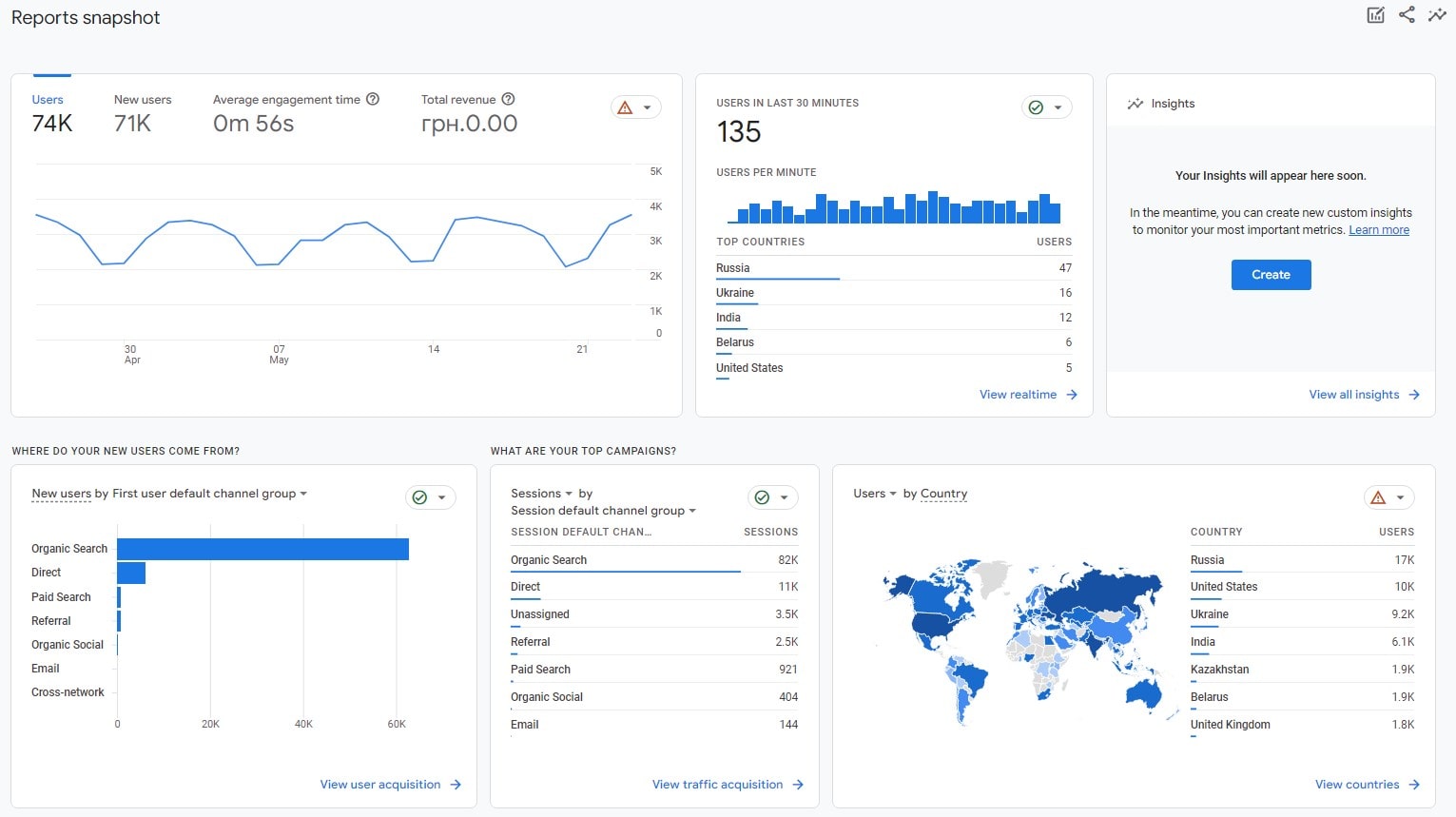
Just as an artist must step back to view their painting’s progress, monitoring and adapting your SEO strategy is essential for ensuring your online presence continues to thrive and captivate your audience. The digital marketing world is continuously evolving; therefore, SEO success requires adaptability and intelligence.
Tracking SEO Performance
Use Google Analytics to track SEO performance. With the abundance of data this platform provides, you can learn how people discover and engage with your website. Kept an eye on KPIs like time spent on site, bounce rate, and organic search traffic. By looking at these signs, you may learn what parts of your SEO plan are succeeding and what parts are failing. Take a high bounce rate as an example. Your website could use some work to make it easier for users to find what they want.
Adapting SEO Strategies
SEO is not a set-and-forget process. It requires ongoing refinement and adaptation. Use reputable resources like Search Engine Journal to keep up with the newest SEO trends and algorithm updates. Consider changing the keywords or shifting your attention to other terms if your tracking shows they aren’t generating traffic. Update your website periodically with useful content to stay updated and high in search engine results. Incorporating user feedback and observing competitor strategies can also guide your SEO adjustments, ensuring your approach remains effective and aligned with your artistic brand.
SEO strategy monitoring and adaptation evolves with your art. Regularly assessing your website’s performance and staying abreast of the latest SEO practices ensure that your digital presence remains as dynamic and engaging as your artwork. Embrace the ever-changing nature of SEO, and let it guide the growth and success of your online art presence.
Conclusion
Embarking on your SEO journey is like beginning a new art project; it’s challenging but ultimately rewarding. By understanding and applying the strategies we’ve discussed, you create a digital masterpiece that captures your audience’s attention. Remember, SEO for artists is an ongoing process, evolving as your art does. Keep experimenting, learning, and adapting. Plerdy’s site has a wealth of information, suggestions, and tactics to uncover. Explore our other articles to boost your art. Plerdy’s tools enable you to monitor, evaluate, and improve website performance for a better experience. Start using Plerdy today to grow your digital gallery.
